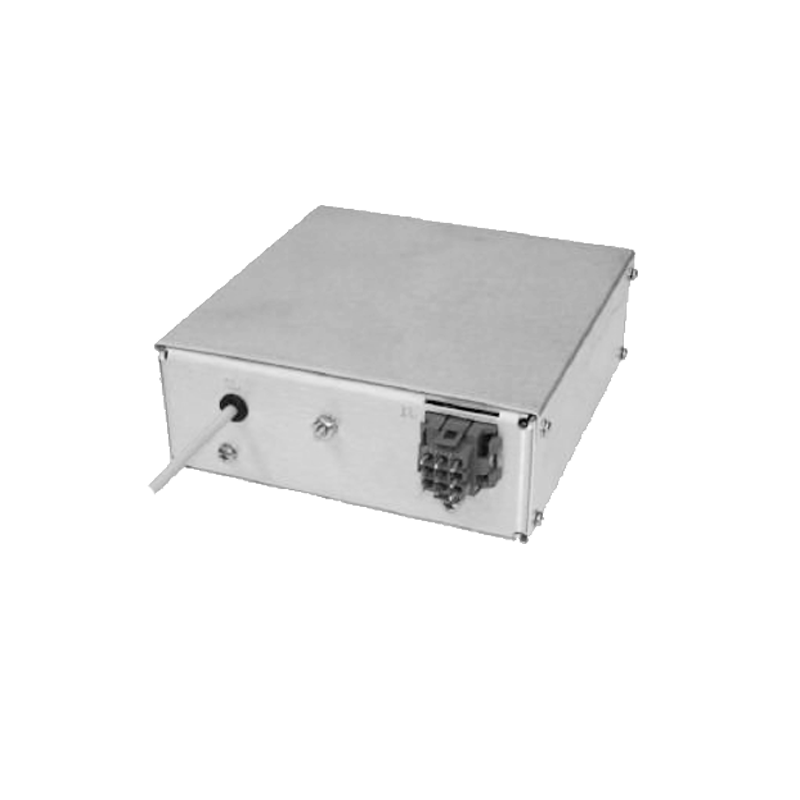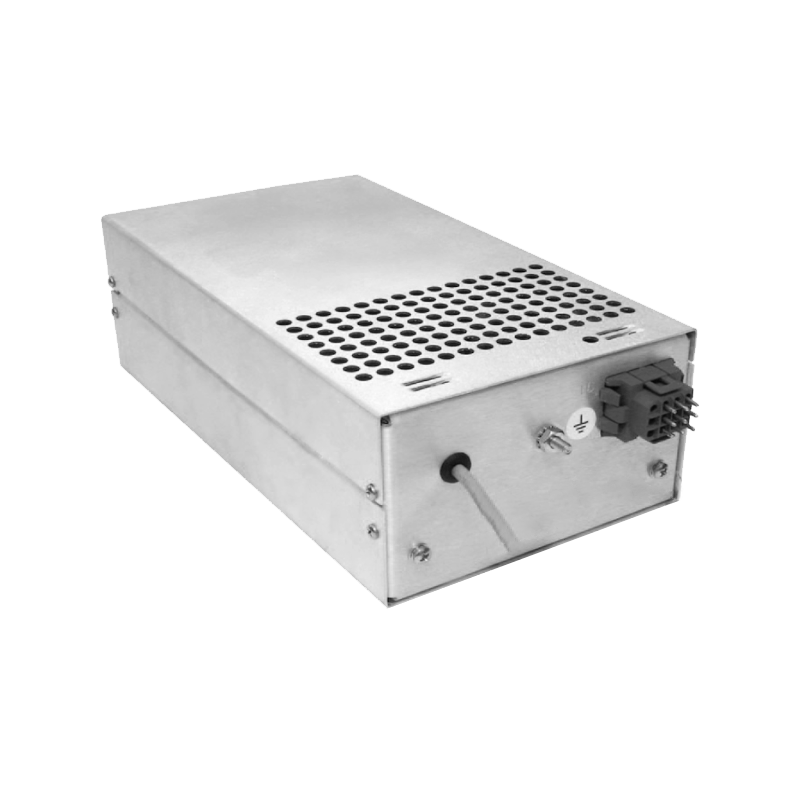Overload Protection of High Voltage Power Supply for Channel Electron Multiplier
Channel electron multipliers play a vital role in many cutting edge scientific and technological fields, such as space exploration, spectral analysis, and particle physics research. It can efficiently amplify extremely weak electron signals, making signals that are difficult to detect originally easy to capture and analyze. The high voltage power supply, as the power source of the channel electron multiplier, provides the necessary electric field environment for the acceleration and multiplication of electrons in the multiplier channel. However, during actual operation, the high voltage power supply faces the risk of overload, which may not only damage the power supply itself but also cause irreversible damage to the channel electron multiplier. Therefore, an effective overload protection mechanism is indispensable.
The reasons for the occurrence of overload in the high voltage power supply of the channel electron multiplier are relatively complex. On the one hand, when the detector accidentally receives a signal much stronger than the normal level, the channel electron multiplier will instantly output a large number of electrons, causing the load current of the high voltage power supply to increase sharply, thus triggering overload. For example, in a space exploration mission, if the detector encounters a strong radiation event such as a solar flare, the influx of a large number of high energy particles will instantly deviate the working state of the channel electron multiplier from the normal range. On the other hand, internal circuit failures of the power supply, such as the breakdown of power devices and the short circuit of filter capacitors, may also cause an abnormal increase in current, resulting in an overload situation.
In order to achieve effective overload protection for the high voltage power supply of the channel electron multiplier, a series of advanced technologies have emerged. At the hardware level, a current detection circuit is often used to monitor the output current of the power supply in real time. When the detected current exceeds the preset overload threshold, a fast acting relay or power switch will immediately cut off the circuit to prevent the excessive current from continuing to flow and avoid further damage to the equipment. At the same time, a buffer circuit is introduced into the circuit design, which can buffer the sharp change of current at the moment of overload and reduce the impact on the power supply and the electron multiplier. For example, an LC buffer circuit composed of an inductor and a capacitor can smooth the changes of current and voltage by using the characteristics that the current of the inductor cannot change suddenly and the voltage of the capacitor cannot change suddenly.
In terms of software control, intelligent control algorithms play a key role. The microprocessor is used to monitor and analyze the working state of the power supply in real time. Once an overload situation is judged, the output parameters of the power supply can be quickly adjusted, such as reducing the output voltage to reduce the load current. In addition, it can also communicate with the host computer in a timely manner to feedback the overload information to the host computer, so that the operator can take corresponding measures. For example, in some large scale experimental equipment, after receiving the overload alarm information, the host computer can automatically adjust the experimental parameters to prevent the detector from continuously receiving strong signals and eliminate the overload hidden danger from the source.
A perfect overload protection mechanism is crucial for the stable operation of the high voltage power supply of the channel electron multiplier. It can not only effectively extend the service life of the power supply and the electron multiplier, ensure the reliable operation of the equipment in a complex environment, but also provide a solid technical guarantee for relevant scientific research experiments and industrial applications, and promote the continuous development of various fields in the direction of higher accuracy and greater reliability.




















